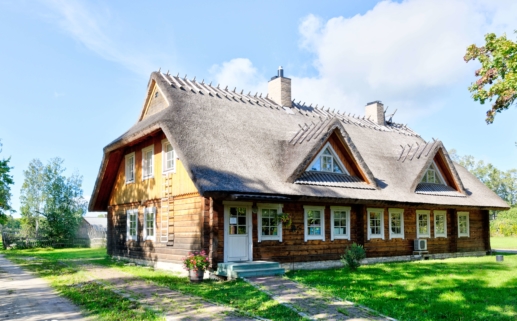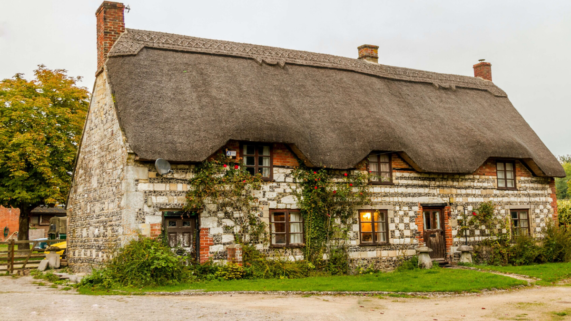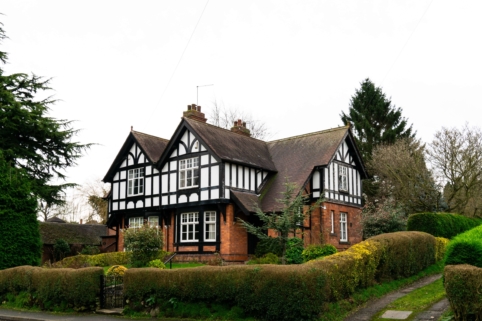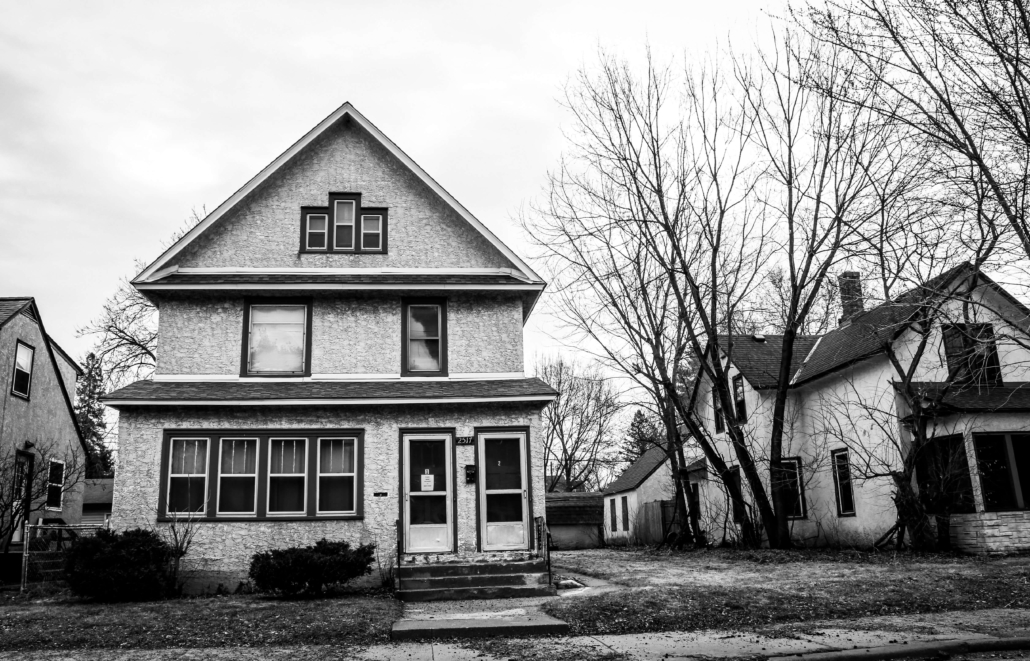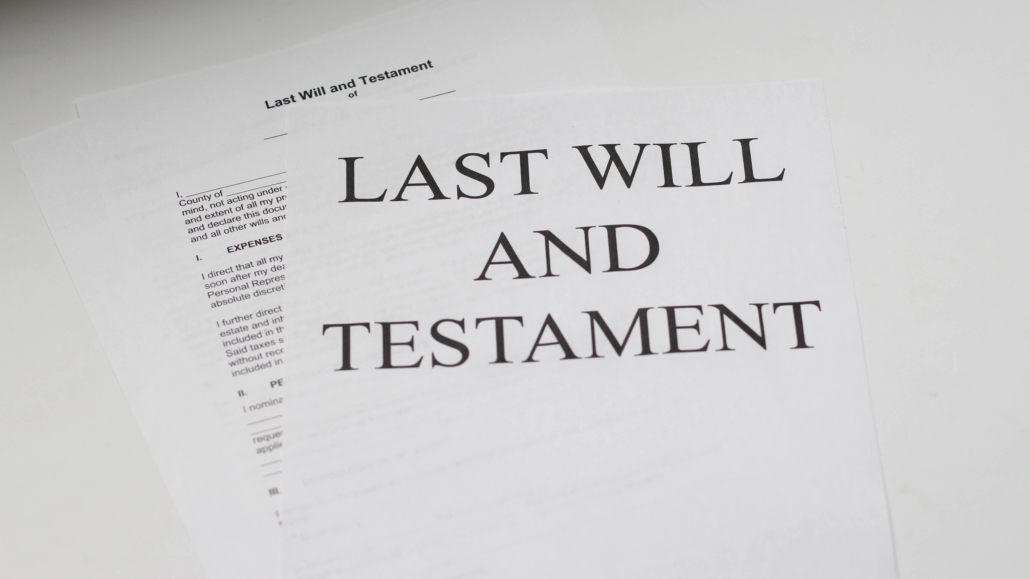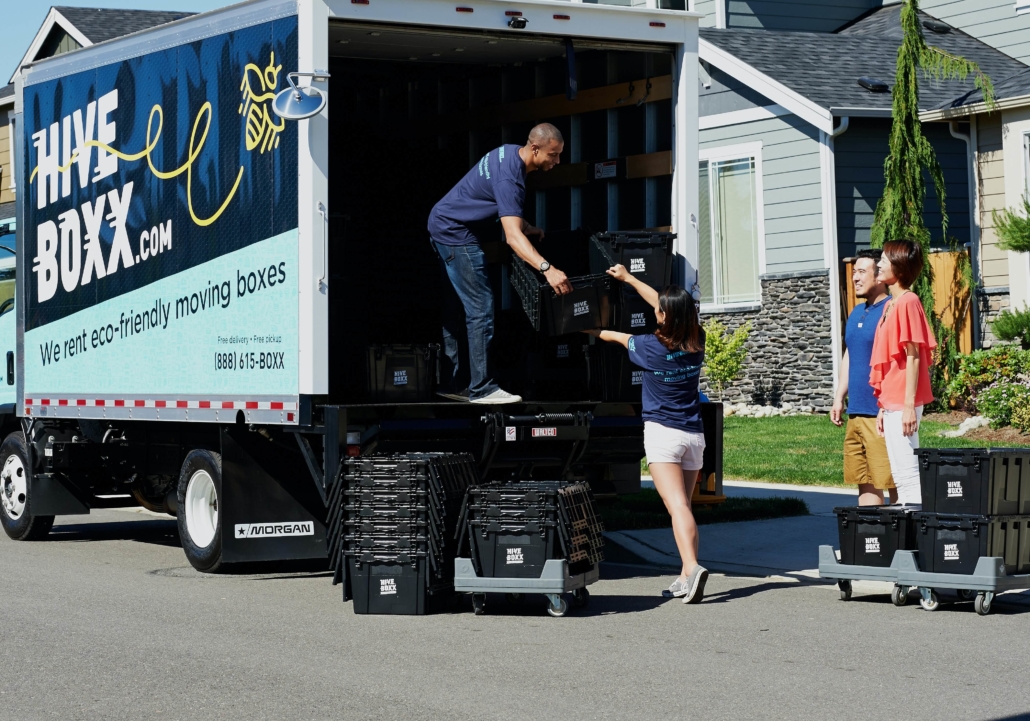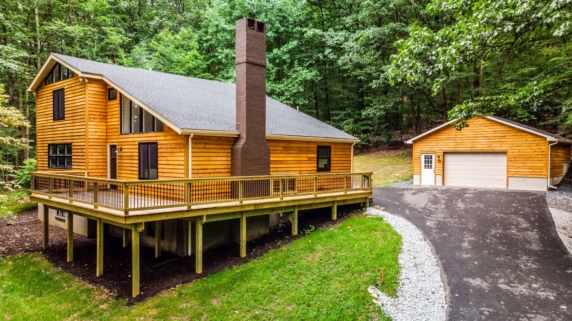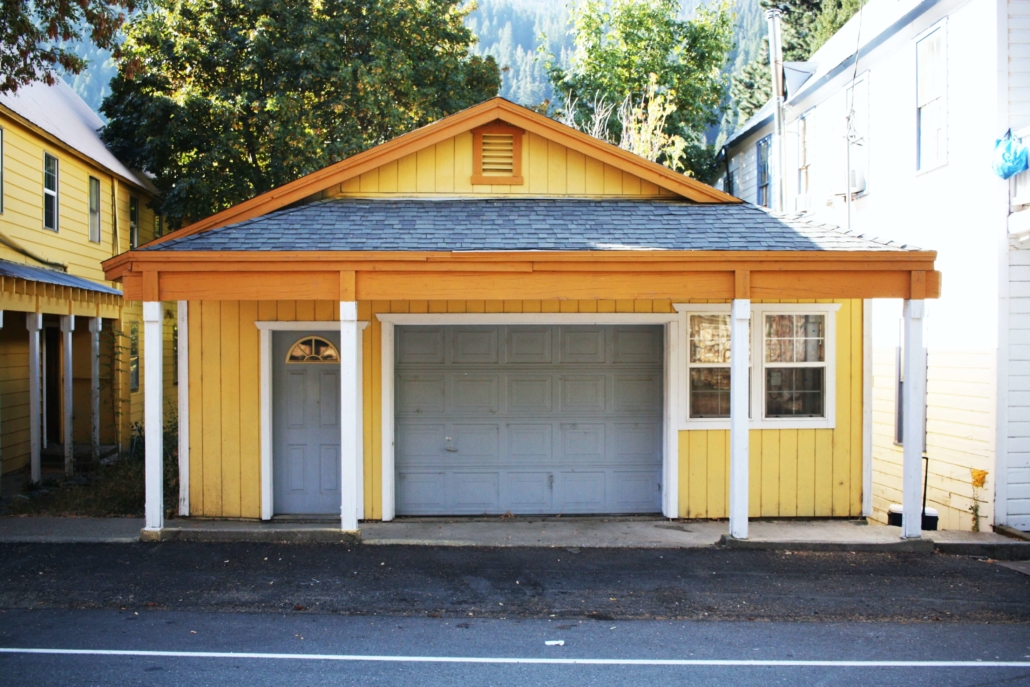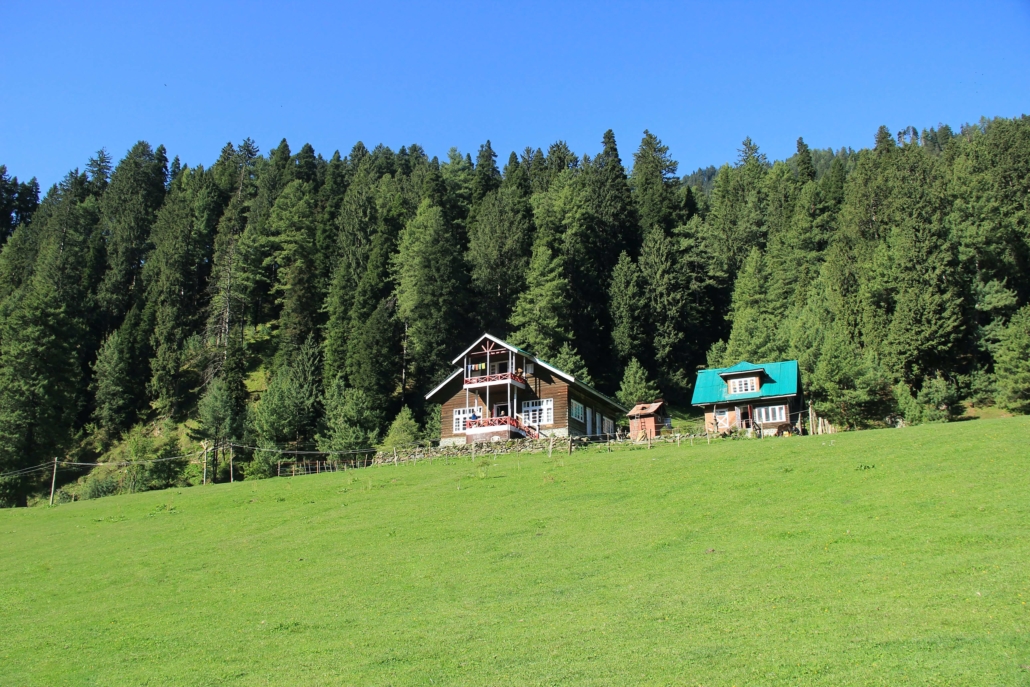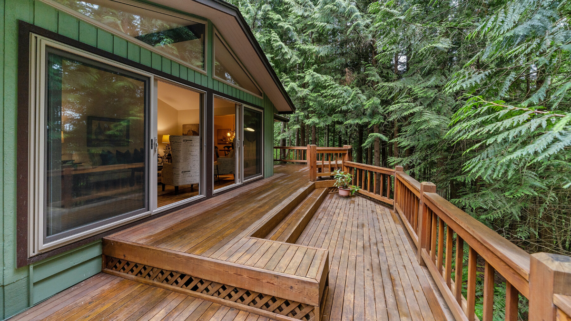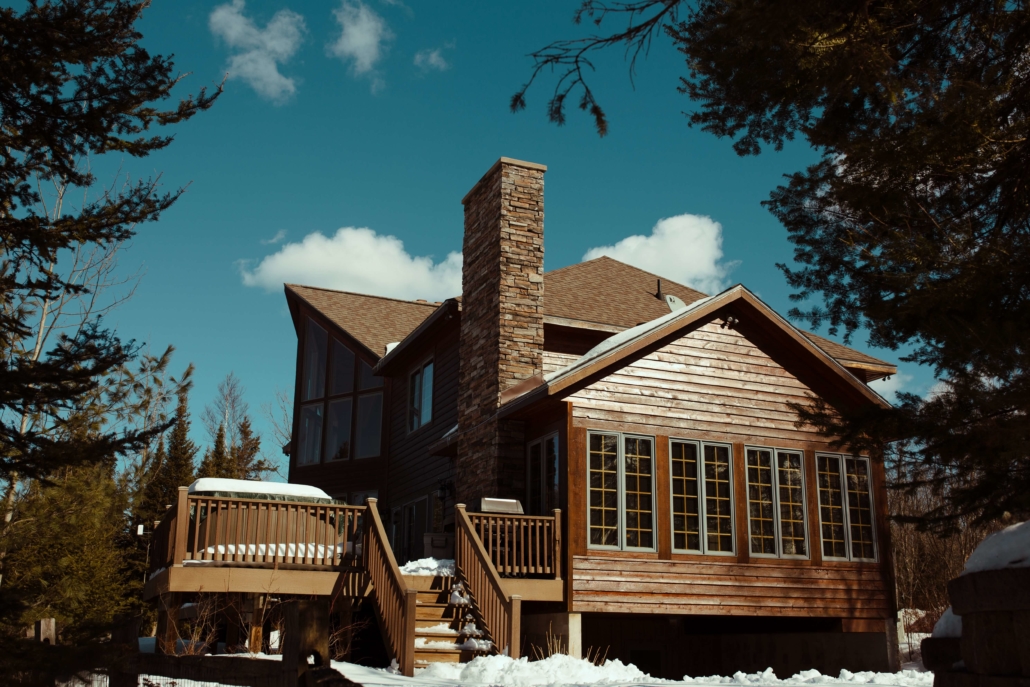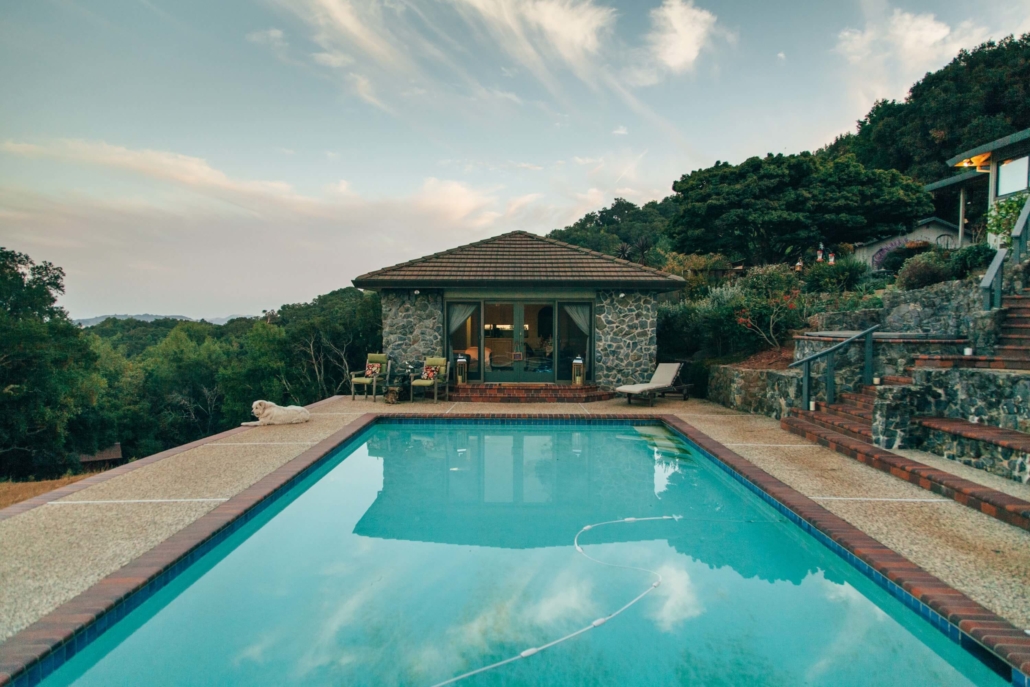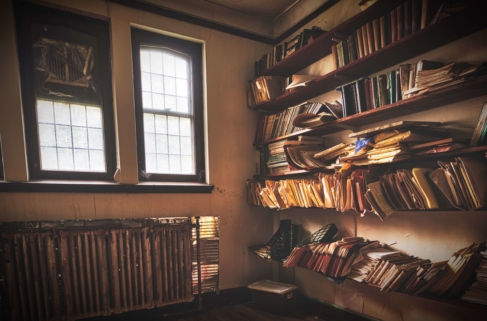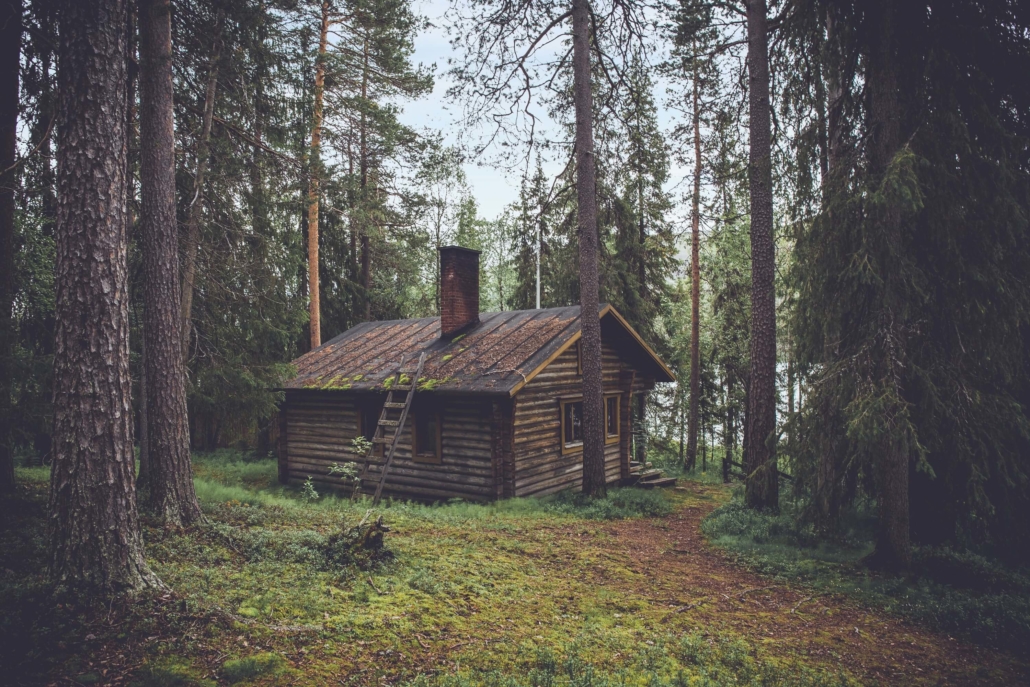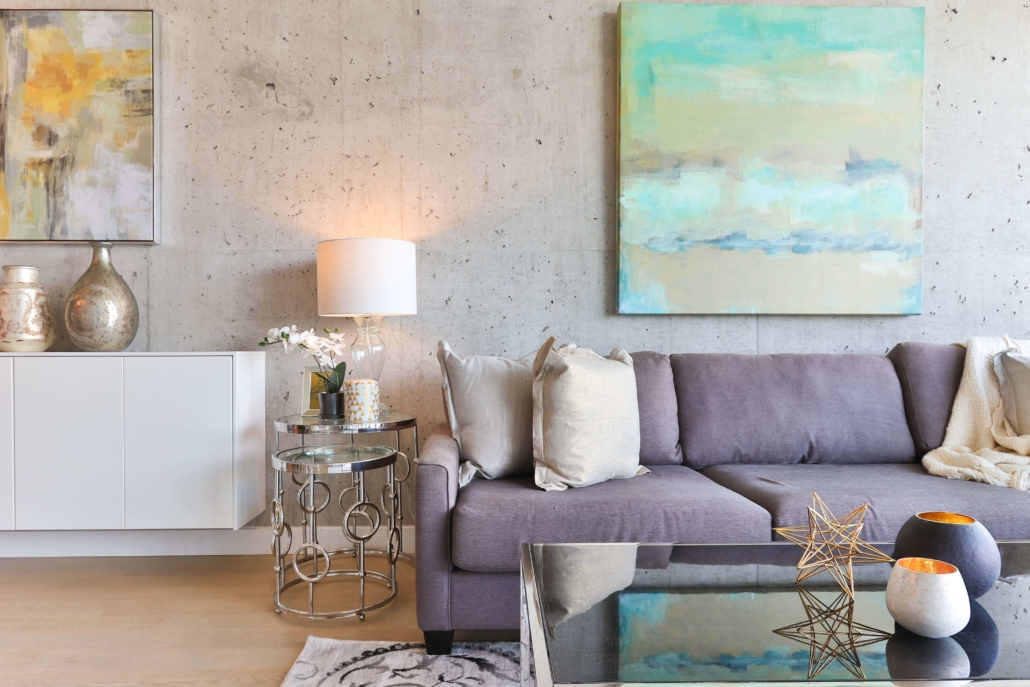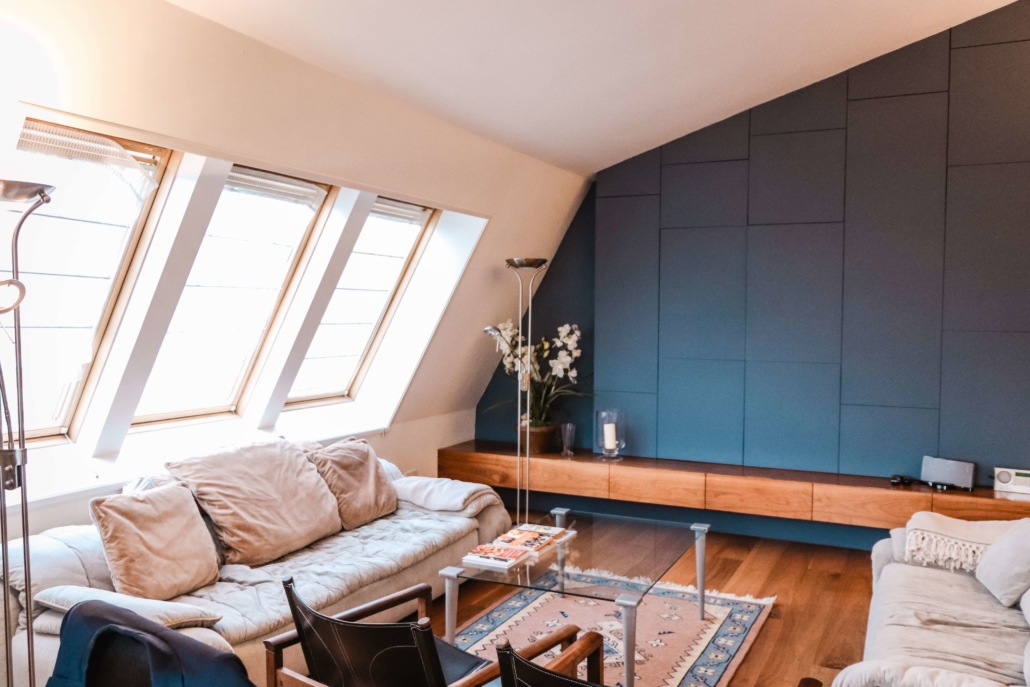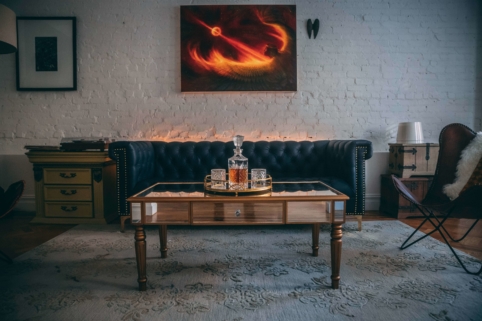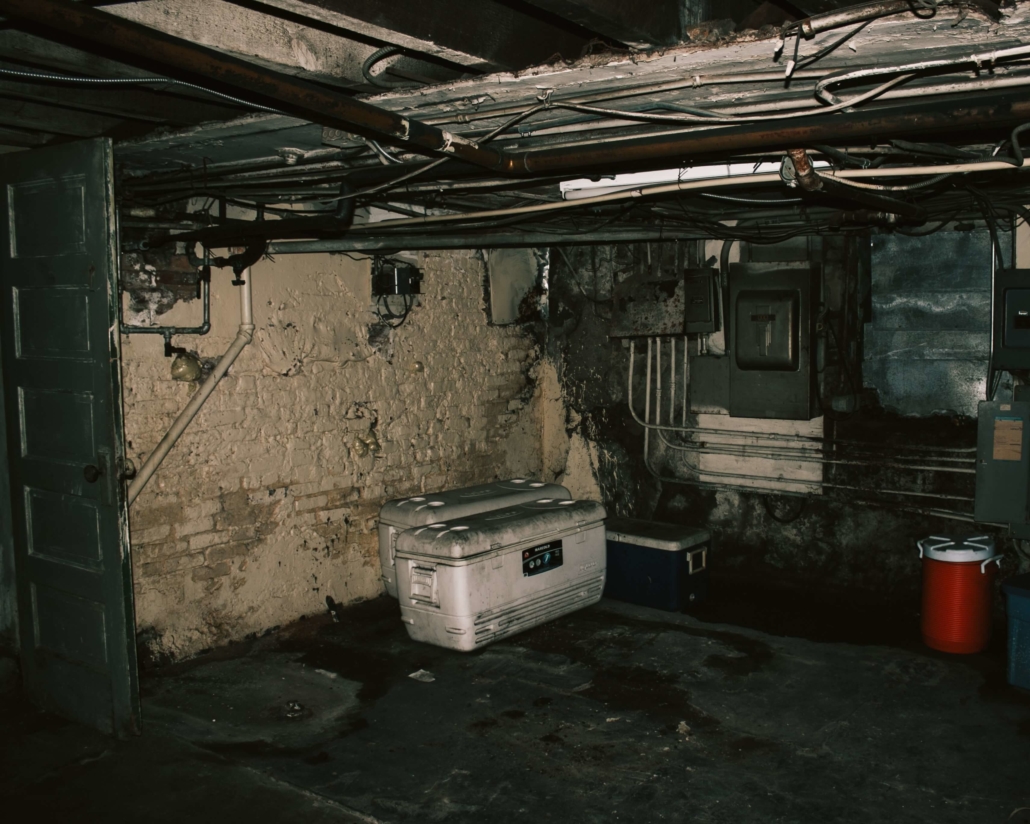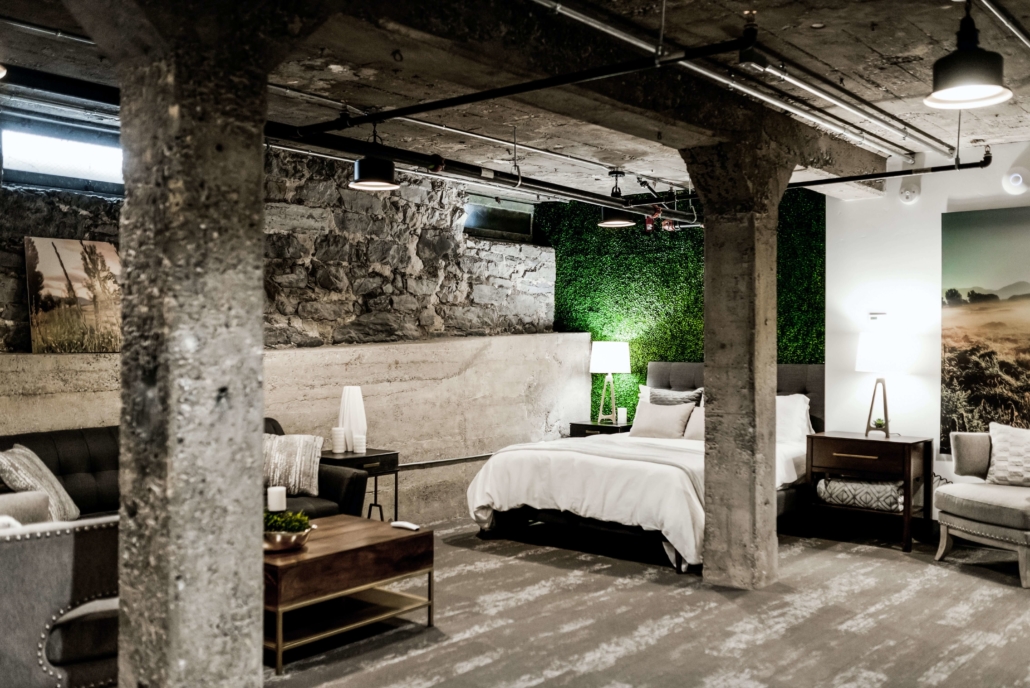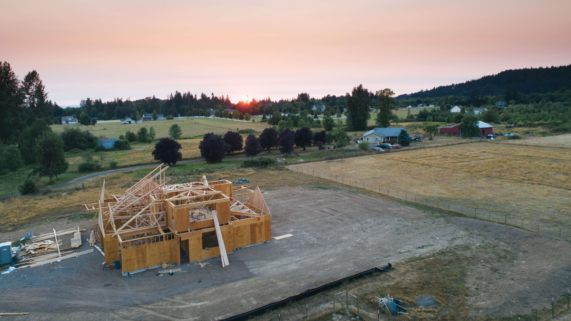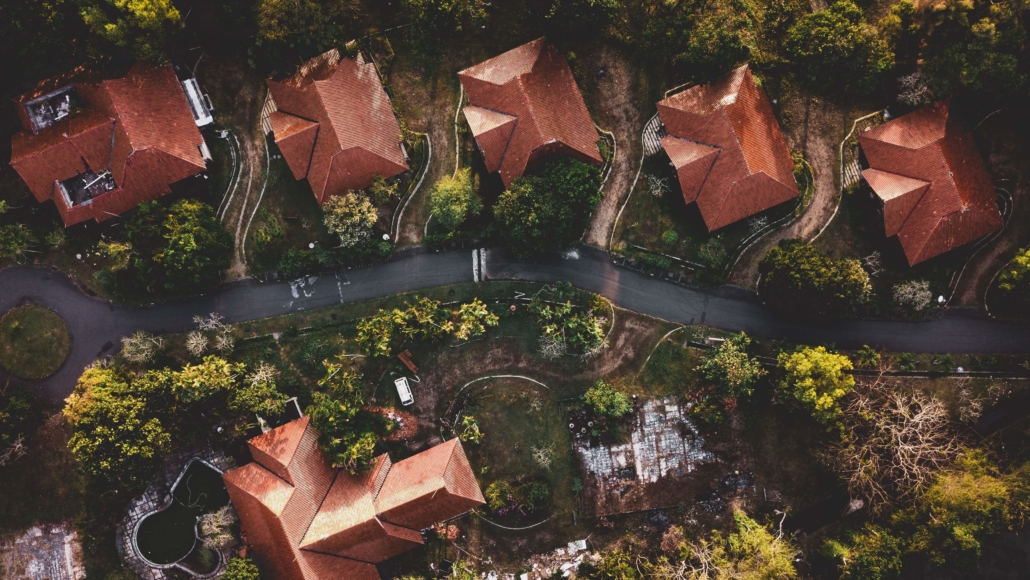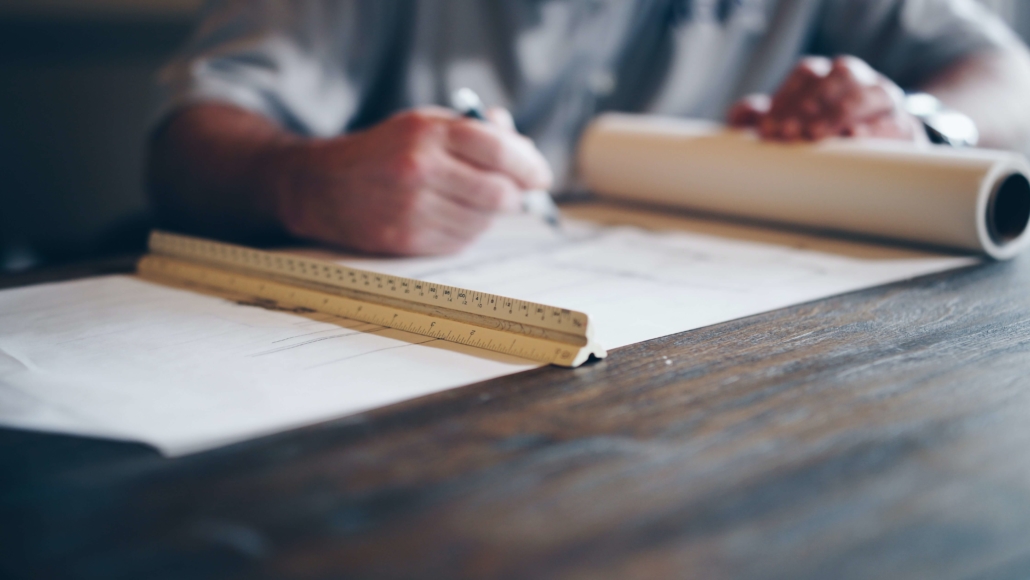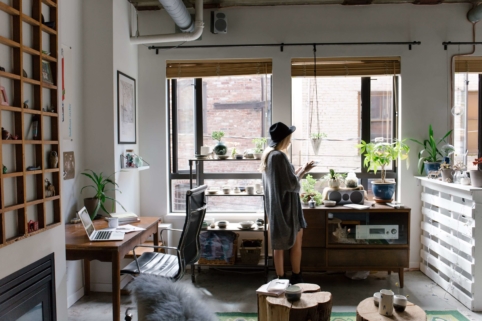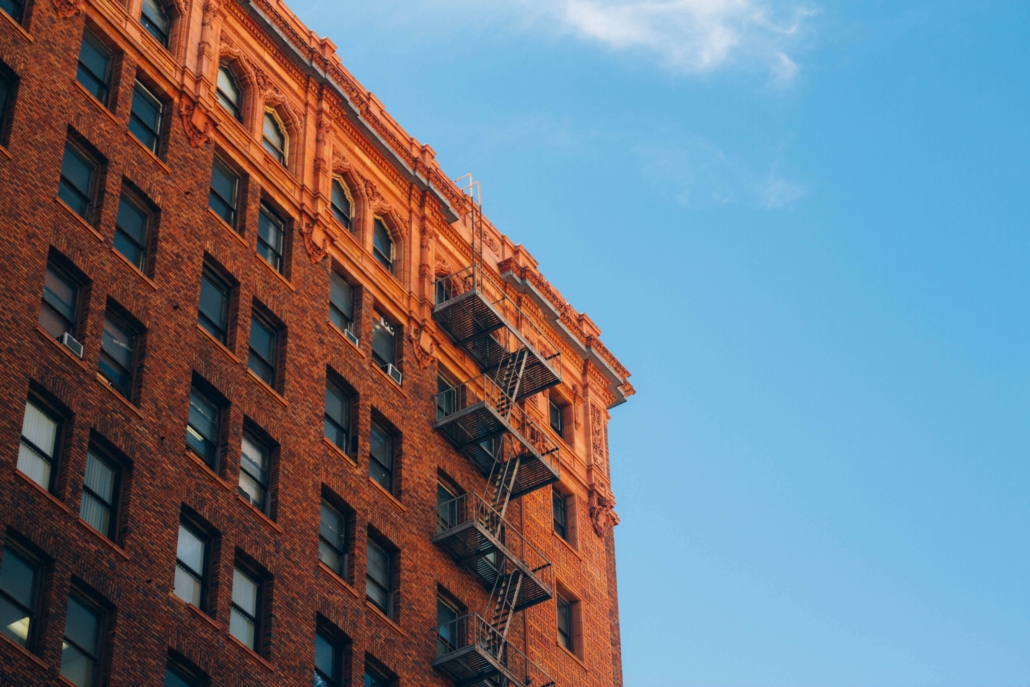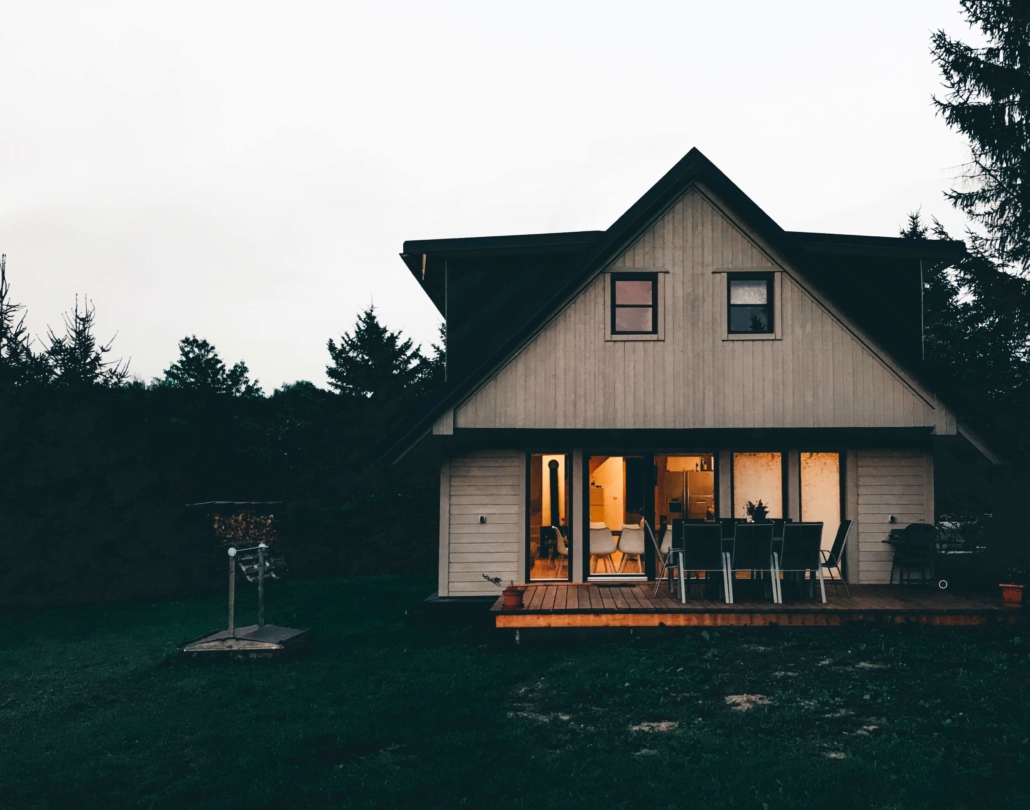Home Closing Costs: The “Hidden” Fees That Surprise Buyers
You’re ready to buy a home. You’ve saved for a down payment. You’re about to close when WHAM — you’re shocked to learn that you owe several more thousand dollars than you expected.
Closing costs have struck another unsuspecting buyer yet again. Most first-time home buyers think of the house price as the only thing they have to account for. Some might take sales tax into account, but many don’t realize that home closing costs are going to take a chunk out of your wallet.
What are closing costs?

Many people and entities are involved when a home closing transaction takes place. The title company and appraisal company are just some of the involved parties that render payment for their services.
Here are just some of the things that closing costs cover:
- Escrow fee (goes to the title or escrow company for managing the closing)
- Attorney fee
- Courier fee (the cost to transport documents)
- HOA transfer fee (paid for by the seller)
- Homeowner’s insurance
- Title insurance
Again, these are only some of the main costs — talk to your real estate agent or closing attorney so you know what to expect.
What are average closing costs?
Closing costs depend on the state, but you can expect to pay anywhere between 2 and 5 percent on the house purchase price. For a $200k home, your costs could range from $4,000 to $10,000.
One thing to note: that 2-5% range is for the buyers to pay. Factor this is when looking at house prices, and plan on paying for it upfront!
Are closing costs covered by the buyer or the seller?
Both parties will have some share of closing costs to cover. For example, if you’re buying a house with an HOA, the seller has to prove that they’re up-to-date on their dues and transfer things over to you. The seller has to pay for this transaction.
Other fees, such as the home inspection, are covered by the buyer. Sellers and buyers can negotiate over who pays for what.
Do you have to pay closing costs in cash?

Sellers will often have their fees deducted from their profits. Buyers will most likely have to pay in cash or with a check. However, there are some no-closing cost mortgages where buyers don’t have to pay when closing.
That being said, a no-closing mortgage could come back to bite you. You might receive a higher interest rate, or the lender might add the closing costs to your mortgage (which means you’re now paying closing fees, but with interest). Either way, it’s much better to pay your portion on closing day.
When do you find out how much you owe?
Your lender will give you a Closing Disclosure statement at least 3 business days prior to closing. This statement goes over each of the closing costs.
Zillow recommends that buyers “compare [the Closing Disclosure statement] to your Loan Estimate and ask the lender to explain what each line item on your closing costs is and why it is needed.” The last thing you want is to walk into closing day and come across some unsettling or unknown surprises.
Is there anything buyers can do to lower closing fees?
You can negotiate with the seller, but this isn’t a guarantee. One thing that can help is to find an agent through Cashifyd. This RealtyHive program allows you to choose an agent and come closing time, you’ll get cash back that can be used towards the closing costs — solely from working with Cashifyd.
Using the cashback as a form of a credit acts as a rebate that goes directly to your closing costs. For buyers, this lowers the amount you need to pay; for sellers, this increases the amount you walk away with! Avoid those “hidden” closing fees — learn more about Cashifyd and see how you can save.

